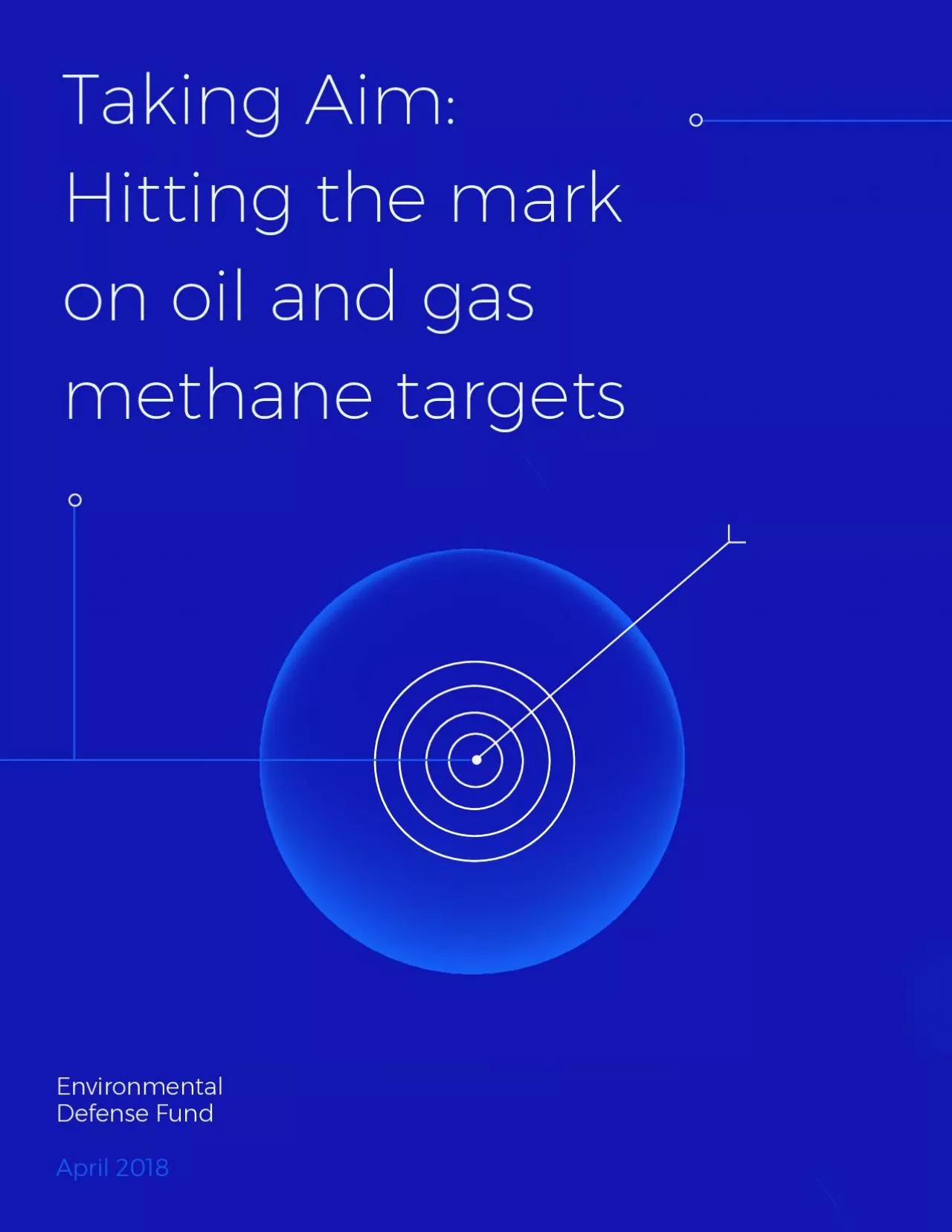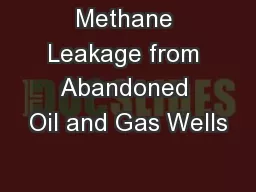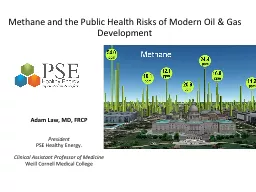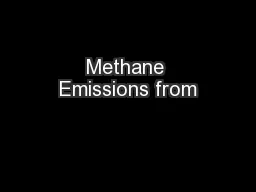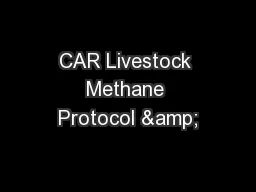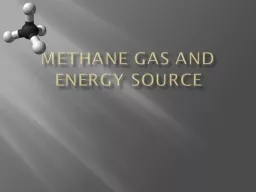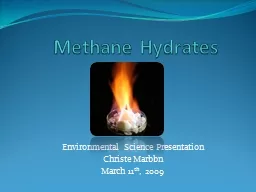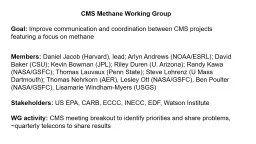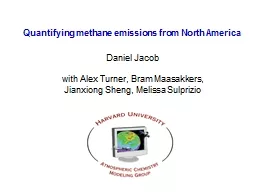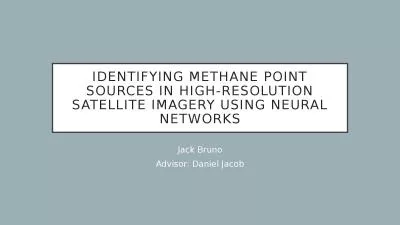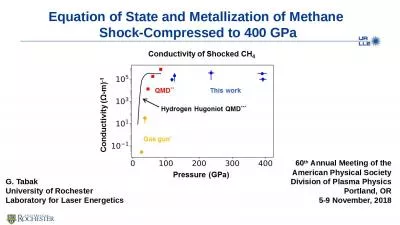PDF-Taking Aim Hitting the mark on oil and gas methane targets
Author : adia | Published Date : 2021-09-28
1EDFEnvironmental Defense FundApril 2018Taking AimHitting the mark on oil and gas methane targets2AttributionsEDF extends its appreciation to the following external
Presentation Embed Code
Download Presentation
Download Presentation The PPT/PDF document "Taking Aim Hitting the mark on oil and g..." is the property of its rightful owner. Permission is granted to download and print the materials on this website for personal, non-commercial use only, and to display it on your personal computer provided you do not modify the materials and that you retain all copyright notices contained in the materials. By downloading content from our website, you accept the terms of this agreement.
Taking Aim Hitting the mark on oil and gas methane targets: Transcript
Download Rules Of Document
"Taking Aim Hitting the mark on oil and gas methane targets"The content belongs to its owner. You may download and print it for personal use, without modification, and keep all copyright notices. By downloading, you agree to these terms.
Related Documents

